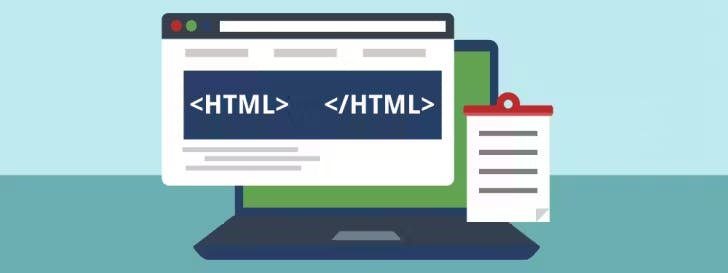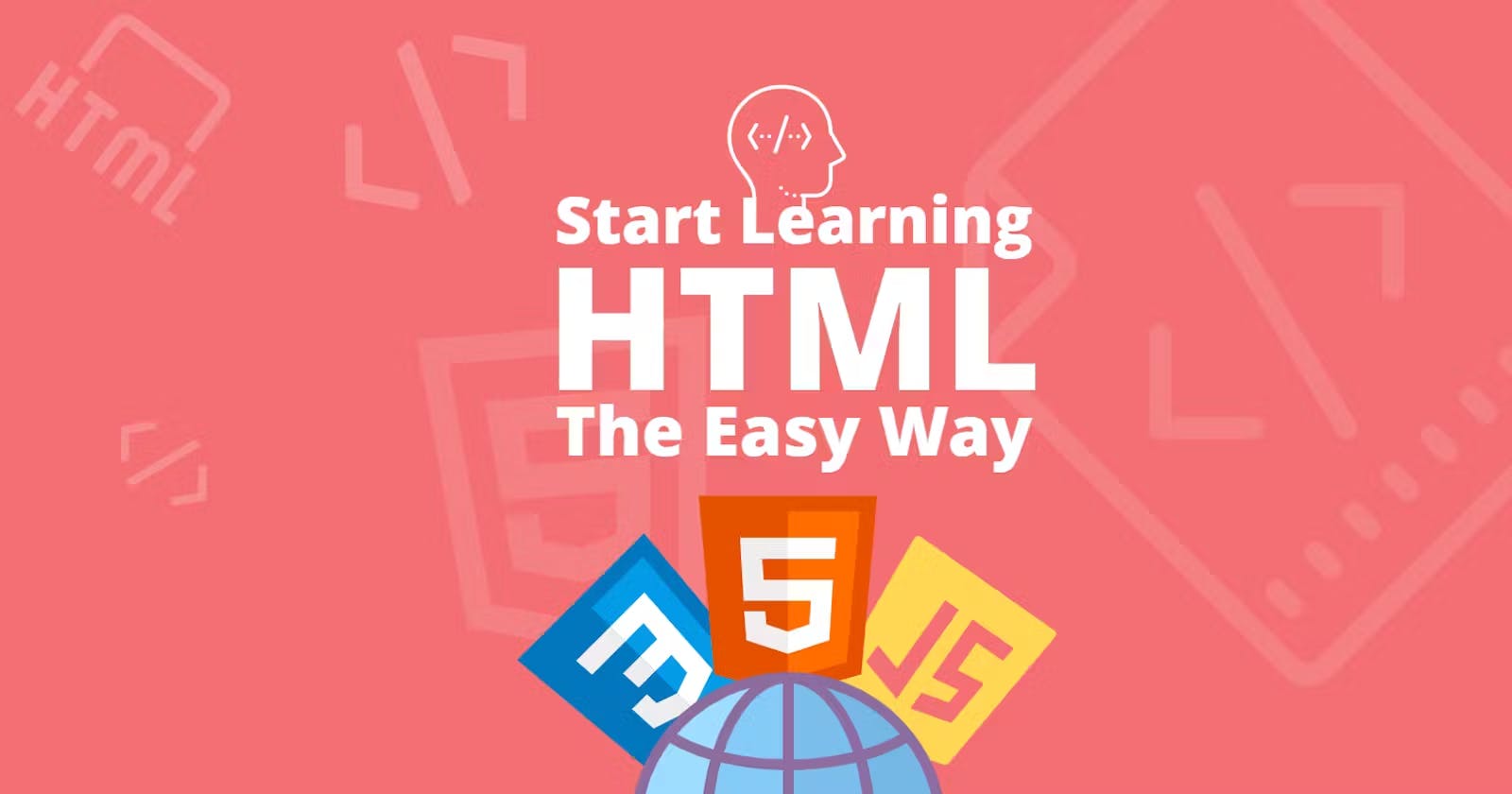HTML for Beginner How to get started with web Development Basics
Beginner's Journey
Have you always been interested in learning HTML but didn't know where or how to start? Well, this guide is for you.
In it, we will look at:
An introduction to HTML
A Brief History of HTML
Why Learn HTML?
Prerequisites for learning HTML
A simple HTML page
How to get started with HTML
Introduction to HTML

HTML is an abbreviation for Hyper Text Markup Language.
This acronym is composed of two of two main parts: Hyper Text and Markup Language.
what does "Hyper Text" mean?
Hyper Text refers to the hyperlinks or simply links that an HTML page may contain
A Hyper Text can contain a link to a website, web content, or a web page.
What does "Hyper Text" mean?
A markup language is a computer language that consists of easily understood keywords, names, or tags that help format the overall view of a page and the data it contains.
In other words, it refers to the way tags are used to define the page layout and elements within the page
Since we now know what Hyper Text and Markup Language mean, we can also understand what these terms mean when put together.
What is HTML
HTML or Hyper Text Markup Language is a markup Language used to describe the structure of a web page.
It uses a special syntax or notation to organize and give information about the page to the browser.
HTML consists of elements that tell the browser how to display the content.
These elements label pieces of content such as "this is a heading", "this is a paragraph", "this is a link", and so on.
There are different tag options you can use to wrap text to show whether the text is a heading, a paragraph, or a list. Tags look like <h1> (opening tag) and <h1>(closing tag).
Let's see some other examples:
<h1>Top level heading: Maybe a page title</h1> <p>A paragraph of text. Some information we would like to communicate to the viewer. This can be as long or short as we would like. </p> <o> <li>First item</li> <li>Second item</li> <li>Third item</li> <o>
A Brief History of HTML
The first version of HTML was written in 1993; since then, many different versions of HTML have been released, allowing developers to create interactive web pages with animated images, sound, and gimmicks of all kinds.
The most widely used version throughout the 2000's was HTML 4.01, which became an official standard in December 1999.
Another version, XHTML, was a rewrite of HTML as an XML language.
What a Simple HTML Page Looks Like
<! DOCTYPE html>
<html>
<head>
<title> Patrick Cyubahiro </title>
</head>
<body>
<h1>This is my First Heading</h1>
<p>This is my first paragraph.</p>
</body>
</html>
Alright let's see what's going on here:
The <!DOCTYPE html> declaration defines that this document is an HTML5 document is an HTML5 document.
The <html> element is the root element of an HTML page.
The <head> element contains meta information about the HTML page.
The <title> element specifies a title for the HTML page (which is shown in thebrowser's title bar or in the pages's tab).
The <body> element defines the document's body,and is a container for all the visible contents, such as headings, paragraphs, images, heyperlinks, tables, lists, etc.
The <h1> element defines a large heading.
The <p> element defines a paragraph.
Note: In HTML, an opening tag begins a section of page content, and a closing tag ends it.
For example, to markup a selection of text as a paragraph, you would open the paragraph with an opening paragraph tag, which is "<p>", and close it with a closing paragraph tag, which is "</p>".
In closing tags, the elements is always preceded by a forward slash("/").
